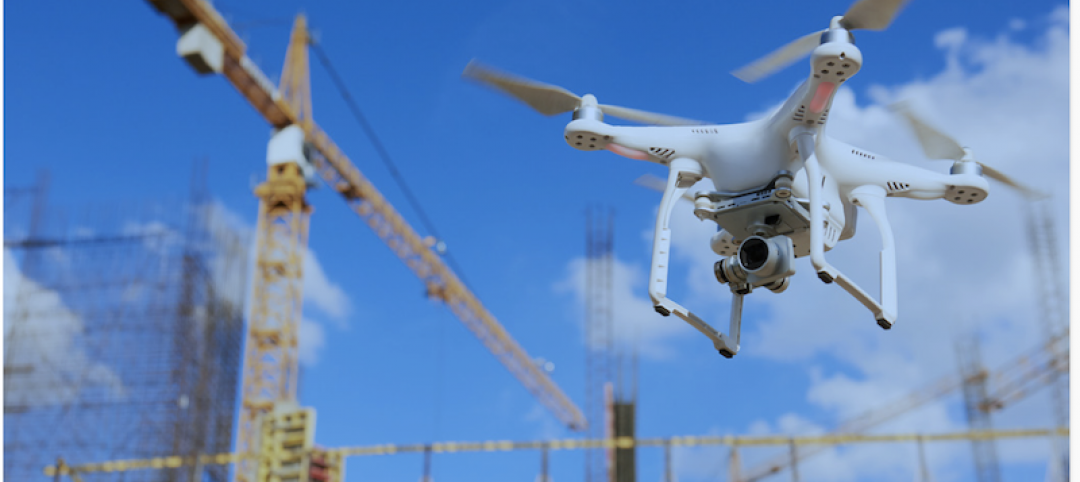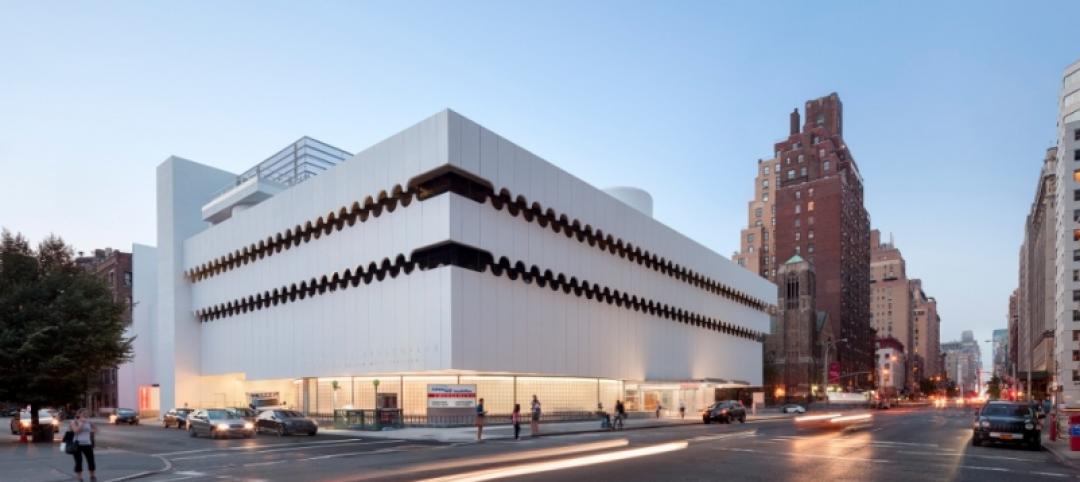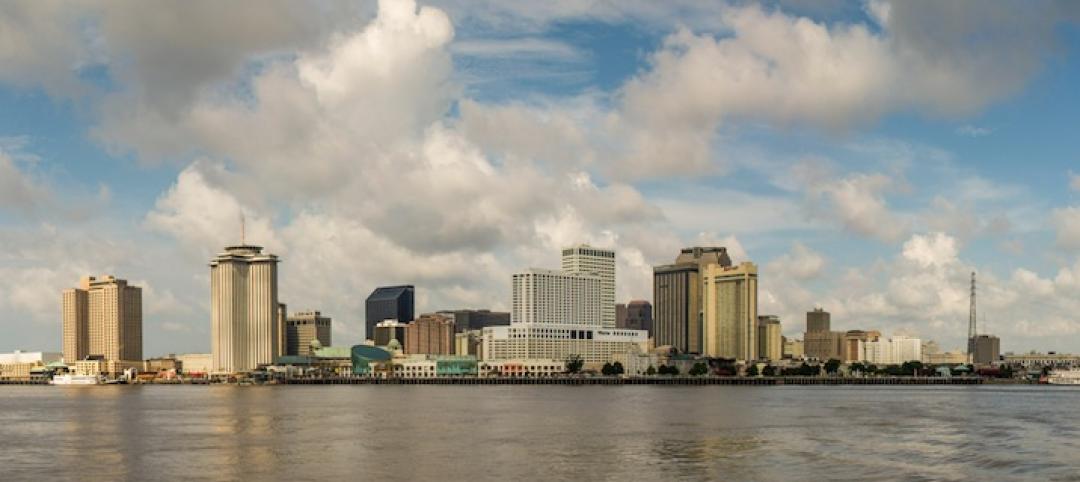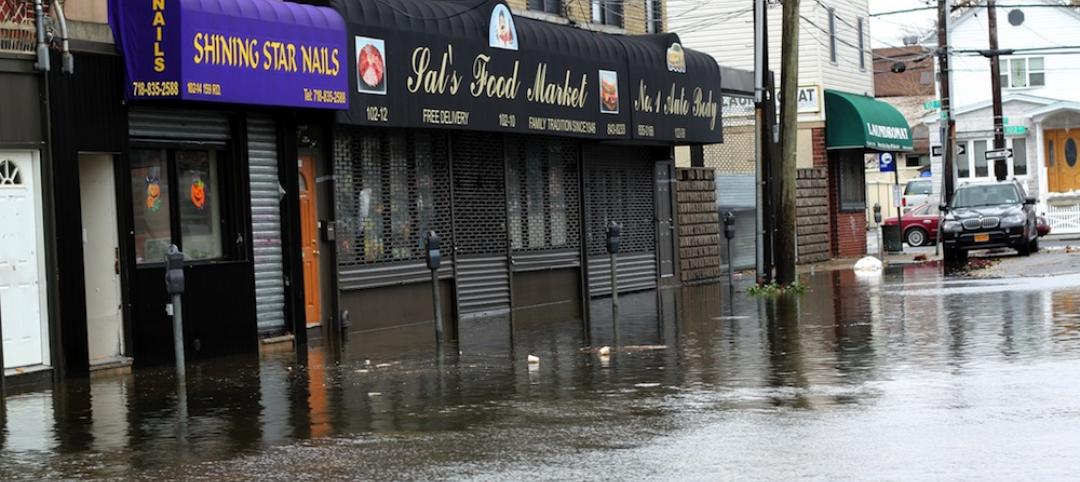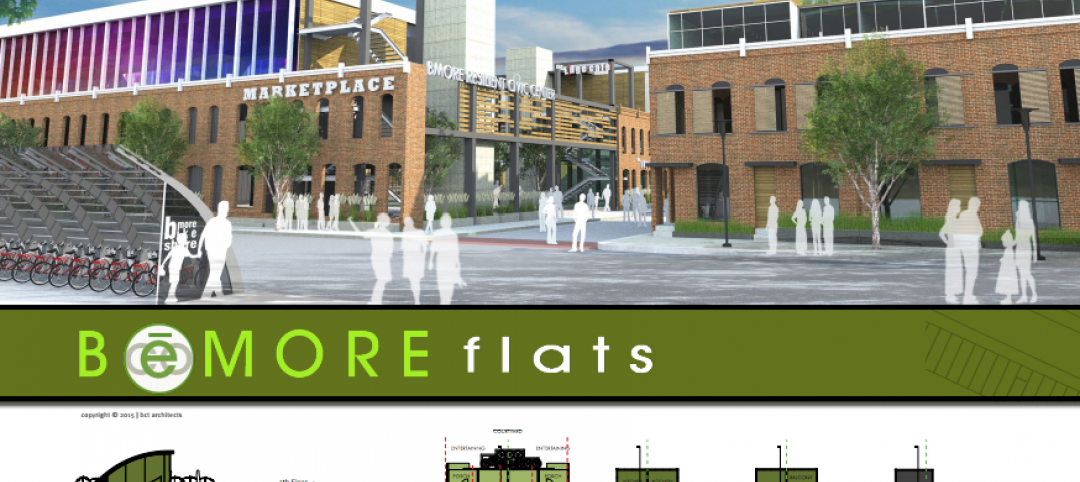City streets would be safer if their lane widths were reduced, according to a recent study.
The standard today in most U.S. cities is 12-foot-wide lanes. A paper to be presented at the Canadian Institute of Traffic Engineers annual conference by Dewan Masud Karim presents hard evidence that these lanes increase the safety risk on city streets when compared to those at about 10.5 feet in width.
Karim’s review of existing research and an examination of crash databases in Tokyo and Toronto took into consideration 260 randomly selected intersections in the two cities. He found that collision rates escalate as lane widths exceed about 10.5 feet.
Roads with lanes that are 12 feet or wider were associated with greater crash rates and higher impact speeds. In Toronto, where traffic lanes are typically wider than in Tokyo, the average crash impact speed is 34% higher, suggesting that wider lanes not only result in more crashes but in more severe crashes.
Crash rates rise as lanes become narrower than about 10 feet, though this does not take impact speeds and crash severity into account. The conclusion: There is a sweet spot for lane widths on city streets, between about 10 and 10.5 feet.
Related Stories
Smart Buildings | Oct 26, 2020
World’s first smart building assessment and rating program released
The SPIRE Smart Building Program will help building owners and operators make better investment decisions, improve tenant satisfaction, and increase asset value.
Smart Buildings | Oct 1, 2020
Smart buildings stand on good data
The coming disruption of owning and operating a building and how to stay ahead through BIM.
AEC Tech | Jan 16, 2020
EC firms with a clear ‘digital roadmap’ should excel in 2020
Deloitte, in new report, lays out a risk mitigation strategy that relies on tech.
Urban Planning | Oct 20, 2016
Despite troubled development, Masdar City forges ahead
The detailed master plan for Phase 2 of Masdar City has been unveiled by CBT.
Smart Buildings | Feb 10, 2016
100 Resilient Cities to partner with Perkins Eastman
Perkins Eastman joins 100RC group of Platform Partners to offer resilience-building services to member cities.
Industry Research | Feb 8, 2016
Changing of the guard: Big cities giving way to newer, less expensive offerings
U-Haul truck rental costs are a good early predictor of migration trends in the U.S.
Resiliency | Jan 29, 2016
Section of New Orleans will try new approach to flood control
The city will turn to a retain and control storm water strategy.
BIM and Information Technology | Jan 27, 2016
Seeing double: Dassault Systèmes creating Virtual Singapore that mirrors the real world
The virtual city will be used to help predict the outcomes of and possible issues with various scenarios.
Smart Buildings | Dec 15, 2015
Property owners and developers challenge FEMA floodplain maps
Agency said to be open to revision requests.
Smart Buildings | Dec 7, 2015
AIA Baltimore holds rowhouse redesign competition
Teams competed to provide the best social and environmental design solutions for the city’s existing rowhouse stock.




